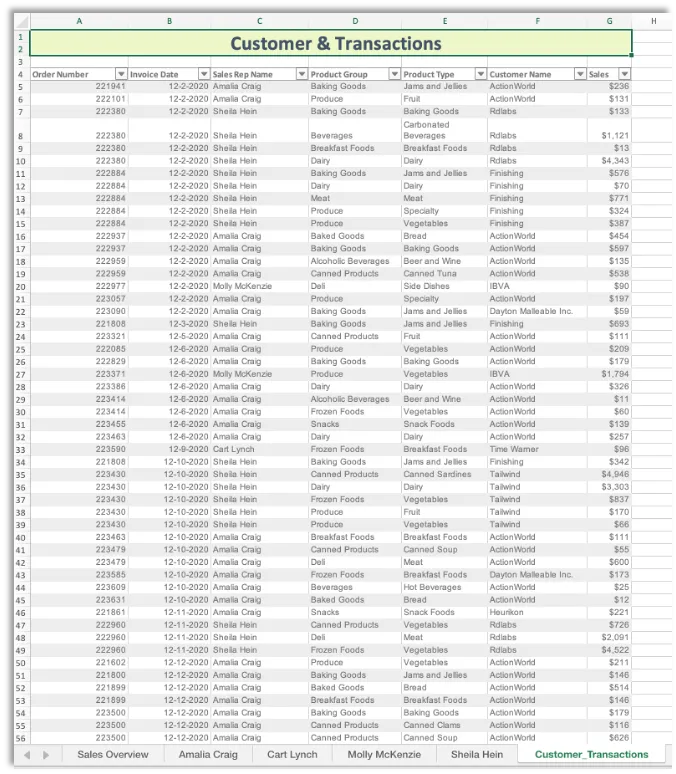Overview
In Qlik Cloud, users are provided methods for generating reporting output in various formats, such as:
- Tabular reporting: Highly customizable Excel tabular reports, which can be scheduled and governed
- In-app exports: In-app, on-demand, user-based exports
- Snapshots of Qlik Sense sheets or charts, in PNG or PDF format
- Excel exports from Qlik Sense charts
- Compositions of objects from within a Qlik Sense app
- Hypercube exports: Direct exports from the Qlik Sense engine via API calls
Tabular reporting
Tabular reporting enables Qlik Cloud customers to address common operational report distribution requirements, such as providing:
- Custom and highly formatted Excel documents from Qlik data and Qlik visualizations
- Paginated tables of sales/transactional data
- Repeated sheets of departmental analysis
Report developers can author report templates leveraging data and visualizations from a Qlik Sense application, from the familiarity of Microsoft Office 365 using Add-in technology.

Once the template is ready, there is in-app control of:
- Report tasks - defining the criteria for when reports are generated
- Distribution lists and folders - managing both internal and external recipients of generated reports
- Filters - applying selections per recipient, group, or report task
To learn how to configure reports using the user interface, see the Tabular Reporting documentation on Qlik Help.
To learn how to programmatically deploy Tabular Reports between spaces or tenants, see Deploy Tabular Reports.
In-app exports
If you’re looking to export sheets, objects, or compositions of objects on demand, the Qlik Sense interface provides methods for users to request on-demand exports. It is also possible for users to create compositions using the Reporting Service connector in Qlik Automate.
Some of this capability is also available through the Reports API. You can use it to export compositions, images, or sheets.
Learn more with the generate reports using Reporting API tutorial.
Hypercube exports
Qlik Sense provides APIs and toolkits for accessing the underlying data in app data models directly. To learn more about the overall capability, review the embedding tutorials and topics, or look at the Qlik Sense JSON-RPC QIX API to dive right in.